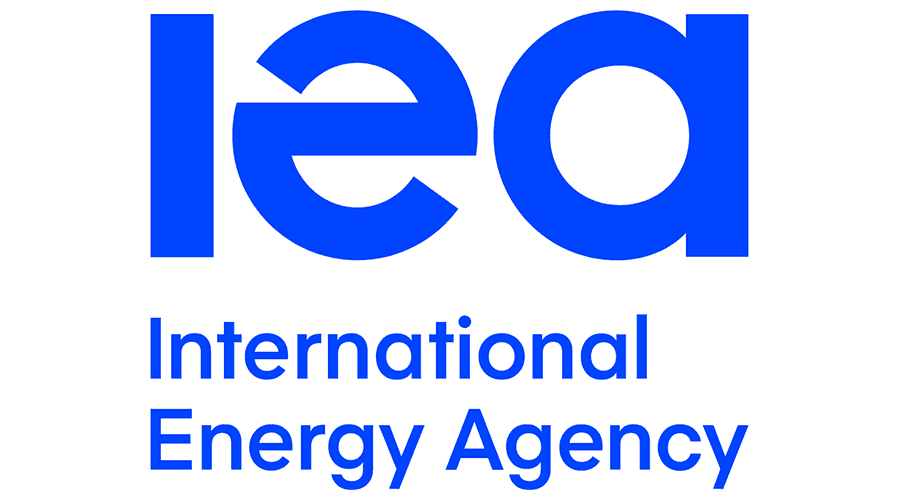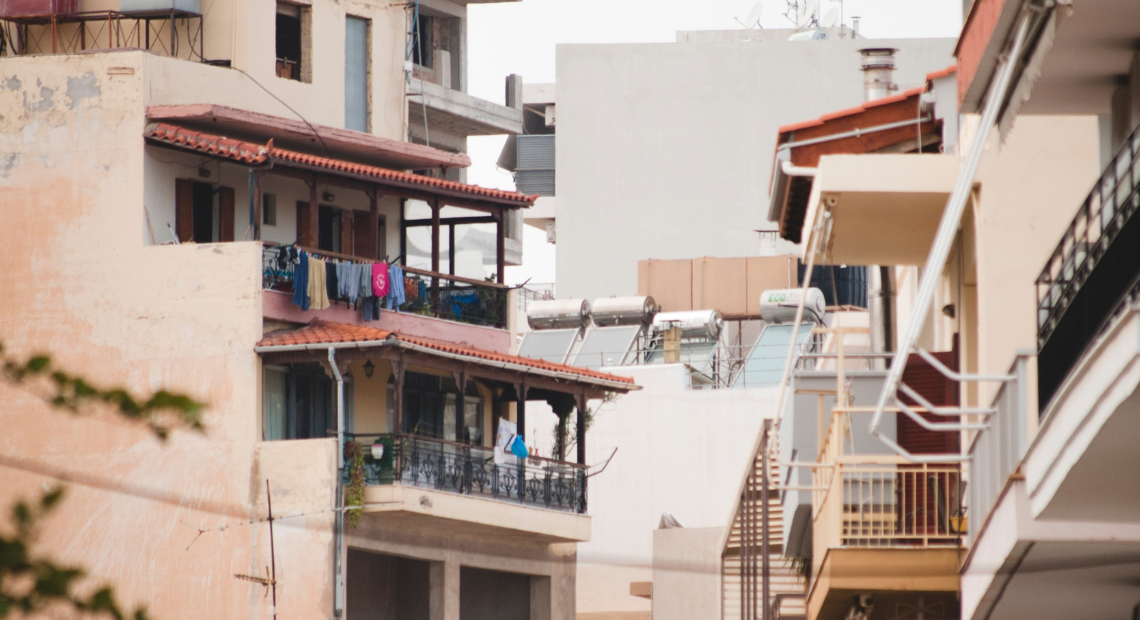Energy flexibility is one of the key technologies to face climate transition, enabling the swift transition to a low-carbon energy system that displaces conventional fossil fuels with renewable energy sources. Energy flexibility in buildings may address several challenges facing energy systems and electricity consumers as society transitions to a low-carbon energy system characterized by distributed and intermittent energy resources.
As a result of an international effort in the framework of the IEA-EBC Annex 82, 11 outstanding scientists, including Dr. Jaume Salom from IREC, have co-authored the paper entitle “Ten questions concerning energy flexibility in buildings”, with Open Access (link here). The article conveys key critical research questions on this topic. The lead author Rongling Li says “we hope it inspires more researchers to generate knowledge and create innovative solutions in this field”. On the other hand, Salom outlined that the relationship between energy flexibility and resilience in buildings remains as one of the key questions to be addressed.
The objective of the IEA-EBC Annex 82 is to gain important knowledge about the energy flexibility services that buildings and clusters of buildings may deliver to different types of energy networks. It also has the aim to increase the understanding of stakeholders and their motivation for utilizing such systems while advising on the potential barriers preventing further participation.
Constructive involvement is a key for making building energy flexibility a significant asset in resilient energy networks. Several research projects at IREC are related with the objectives of the Annex, for example, WeDistrict, SYN.ikia, PLURAL and TRI-HP.
IEA EBC is a programme of the International Energy Agency (IEA).




